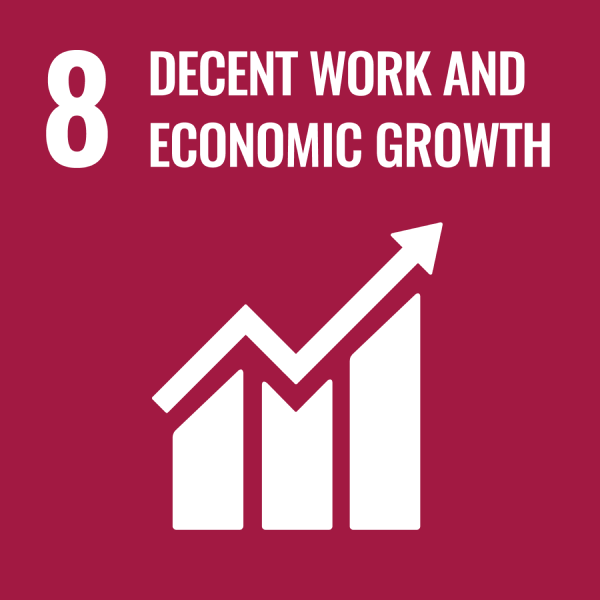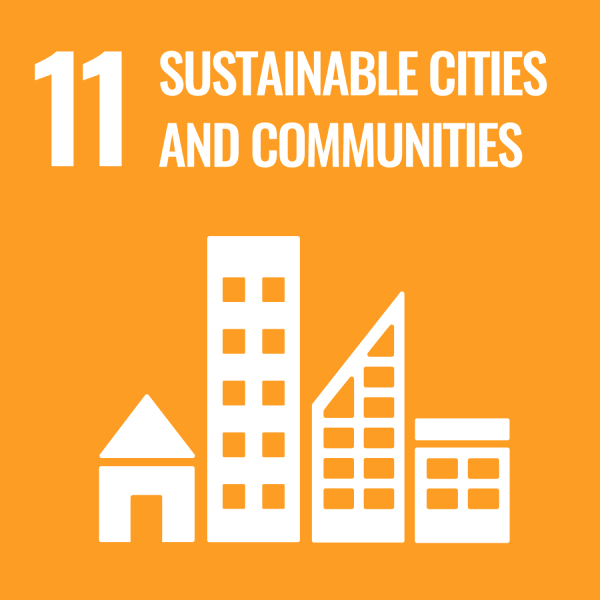“We are the first generation to be able to end poverty and the last generation that can take steps to avoid the worst impacts of climate change. Future generations will judge us harshly if we fail to uphold our moral and historical responsibilities.”
– Ban Ki-Moon, Former Secretary-General, UN
What are we doing about it? What steps are we taking? Are we living a sustainable lifestyle? Are we doing anything to make this planet greener?
Let me share some facts of 2022 with you all:
The list is endless, and even if we are taking steps in the right direction, the amount and the rate of damage happening is still increasing. The United Nations has adopted the integrated 17 SDGs as a universal call to action to end poverty, protect our planet and ensure that people enjoy peace and prosperity by 2030. Each goal is associated with the cause, and action in one area will affect the outcome in others. This action and result produce development that must balance social, economic and environmental sustainability.
SankalpTaru Foundation is working on 13 out of 17 sustainable development goals. Keeping climate action and decent work and economic growth in mind, SankalpTaru Foundation plants trees to make this earth a greener place. It helps sequester carbon dioxide from the atmosphere and generate livelihood for the farmers. The tree plantation modules are so diverse that they work on the goals like No Poverty, Good Health, Affordable and Clean Energy and Life on Land simultaneously. All the four modules SankalpTaru has, provide a nature-based solution to reduce the global warming effect and develop a sustainable path to the economies. So far, with the help of these modules, we have planted over 3 million trees of various agroforestry and forestry varieties like Neem, Peepal, Amla, Guava, Mango, Pomegranate, Coconut, Lemon etc. We have sequestered around 1.5 million tons of carbon dioxide from the atmosphere and generated a total livelihood of 588 million rupees per year for the farmers.
These four key modules are:
- Rural Livelihood Support Program:
India is an agriculture-rich country, and our farmers are its backbone. SankalpTaru’s RLS Program helps farmers earn their livelihood by supporting them with fruit-bearing trees. This agroforestry model helps farmers grow a fruit orchard in their fields and keeps it as a constant source of income for up to 20 years. The trees planted act as a huge carbon sink and have reduced GHG emissions by 60,000 tons so far. Currently, SankalpTaru Foundation is associated with 25,000 such farmers out of which 50% are women farmer-beneficiaries and has helped them.

- Community Land Plantation Program:
The current scenario in India and the whole world is to cut down the forest land and use that for construction work. The Amazon forest area, equivalent to 30 football fields, is cut every minute. SankalpTaru’s CLP Program helps the farmers and the community to develop a mini forest area in the nearby village area. This mini forest is created and nurtured by the on-ground SankalpTaru Foundation team. When the trees are sufficient enough to take care of themselves, SankalpTaru Foundation gives it back to the community and its people for their use. The mini forest provides income for the community, sequesters a significant amount of GHG emissions, and develops an ecosystem near the community. So far, SankalpTaru Foundation has been working on 11 such community sites in Delhi, Hyderabad, Pune, Assam, Bengaluru, Dehradun, Jaisalmer etc. and nurturing 15 community mini forests.

- Mangrove Forest Restoration Program:
Sundarbans is a lovely area and creates a unique ecotone between the terrestrial and marine ecosystems. Still, it is currently involved in many natural disasters. One of the commonly faced problems is cyclones. Frequently prevalent storms like Amphan and Yash increase the water level, penetrate into the villages, and dismantle the houses, roads, trees, etc., leaving people homeless. Mangroves have the capacity to sequester carbon ten times that of terrestrial species. They also act as a barrier against the rising sea levels of the Bay of Bengal. SankalpTaru Foundation has pledged to lead the ‘Mangrove Restoration Program’ under its ‘Project Shyamolima’ in West Bengal. This program generates income and provides a livelihood for the local communities via nursery raising, protecting the villages and acting as the Blue carbon sink by planting the mangroves.

- Urban City Plantation Program:
Urbanization is at its peak, with small cities upgrading to metro cities and major cities becoming concentratedly industrial and employment hubs, hence driving people to shift to the urban pockets.This increase in shift is one of the main reasons for the rise in pollution and GHG emissions. The air in the cities is often mixed with pollutants coming out of transportation vehicles and industrial activities. To reduce this emission and improve the AQI (Air Quality Index), SankalpTaru Foundation is planting trees in these cities. It makes the cities greener, improves air quality, and reduces GHG emissions. Currently, SankalpTaru Foundation has greenified 49 such cities like Delhi, Gurgaon, Pune, Kolkata, Hyderabad, Bangalore etc.

Climate change is real, and it is happening and increasing at an exponential rate. Adapting to a sustainable lifestyle is something we should start practicing and also teach the future generations about it. Afterall, they are the ones who will be facing the consequences of whatever steps we will take today. Tree plantation is one of the solutions to slow down this climate crisis. Still, it is not enough unless we all act together and adopt a sustainable style of living.
I would end this blog with a thought for you and a quote from Scientist and Activist Dr Jane Goodall,
“What you do makes a difference, and you have to decide what kind of difference you want to make.”
The SDGs (Sustainable Development Goals) associated with the SankalpTaru Foundation’s tree plantation modules are:














